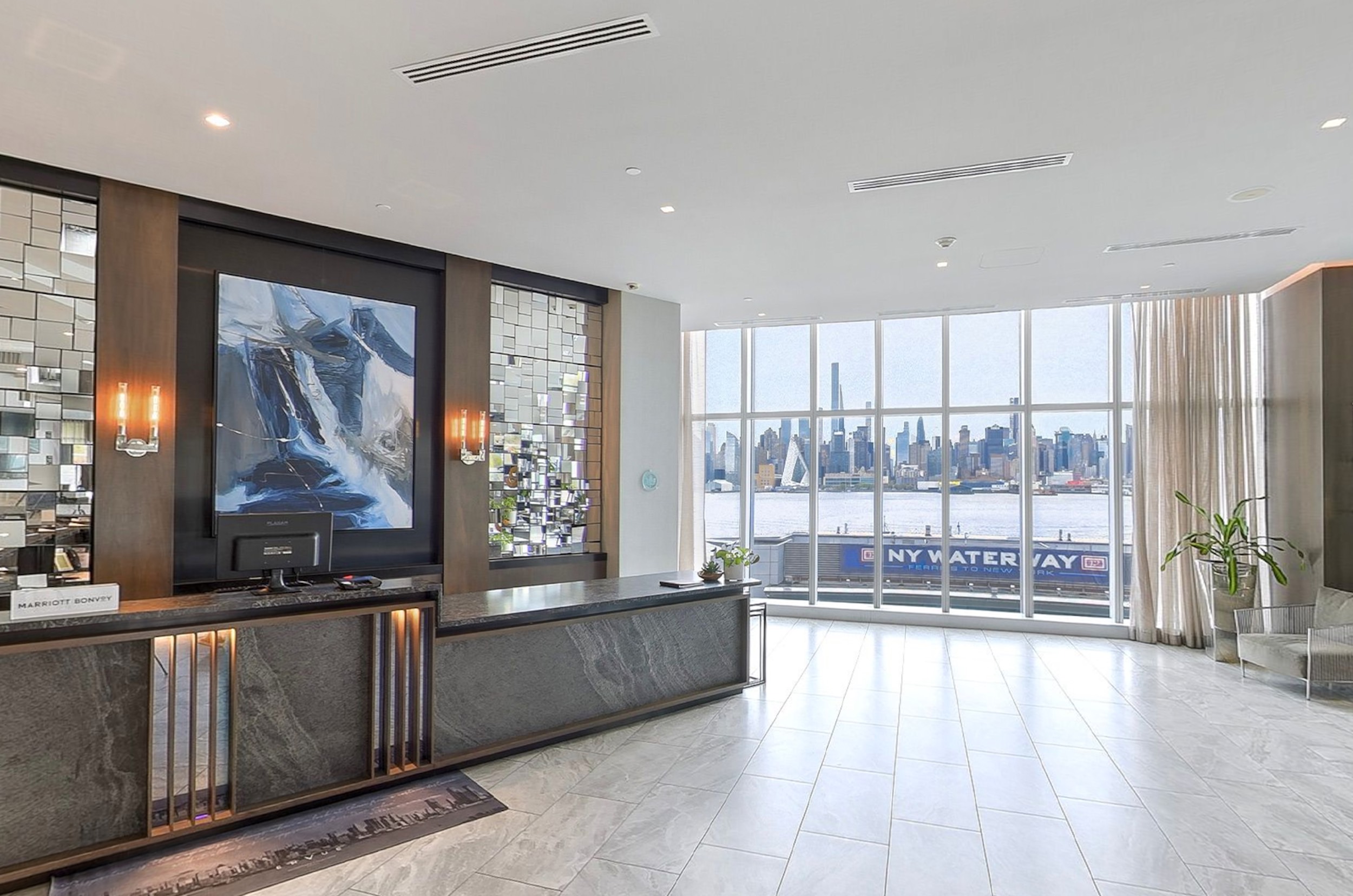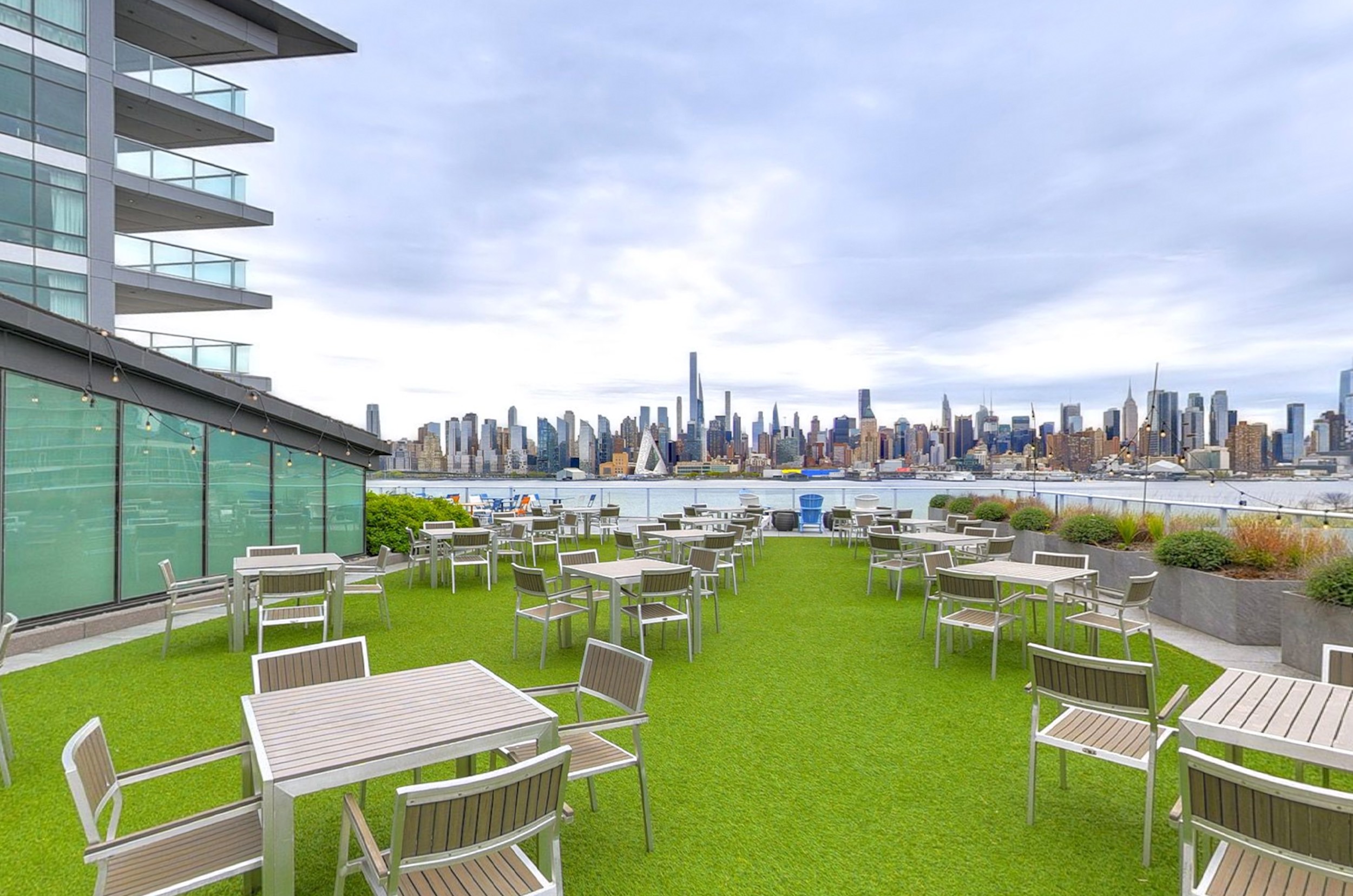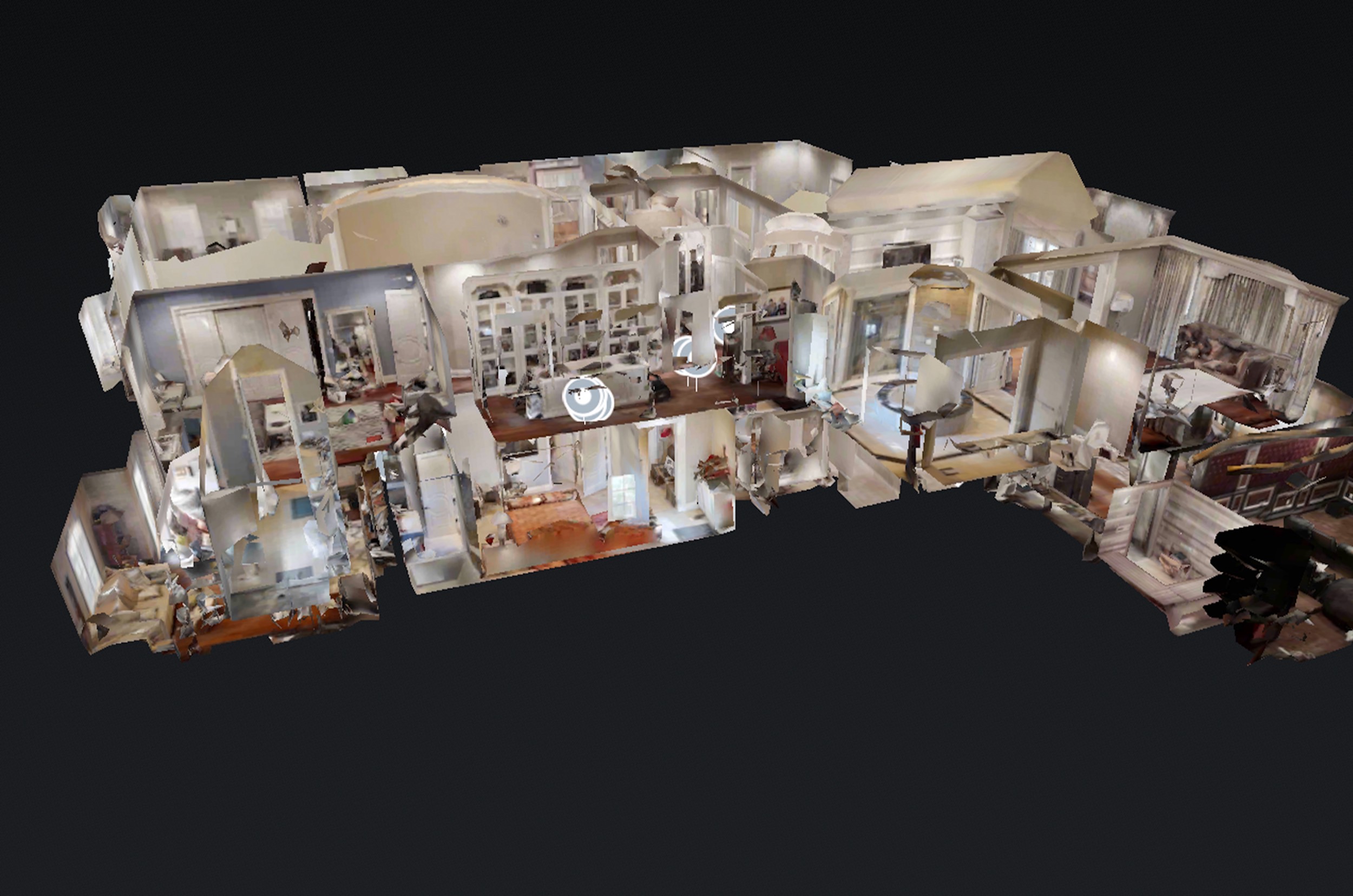As universities vie for top talent in an increasingly competitive academic landscape, the need for innovative recruitment strategies has never been greater. 360 virtual tours stand out as a cutting-edge tool, revolutionizing the way universities engage with prospective students.
By offering an immersive and interactive exploration experience, these tours can play a pivotal role in the recruitment process. This blog will explore how universities can effectively integrate 360 virtual tours into their recruitment strategies to attract and engage potential students.
- First Impressions Count: A 360 virtual tour is often the first real interaction that prospective students have with a campus. By designing a tour that is visually appealing, easy to navigate, and rich in content, universities can create a powerful first impression that resonates with young learners, setting the stage for further engagement.
- Customized Recruitment Journeys: Tailoring the virtual tour experience to meet the diverse interests of prospective students can significantly enhance its effectiveness. By using data-driven insights to customize tours based on the viewer’s preferences—such as highlighting engineering facilities to a prospective engineering student—universities can make the experience more relevant and engaging.
- Integration with Live Interactions: Combining 360 virtual tours with live interactive sessions such as webinars or live chats can provide a more personalized experience. Prospective students could have the opportunity to ask questions in real-time as they navigate through different parts of the campus virtually.
- Virtual Reality (VR) Experiences: Taking 360 tours to the next level by offering them in VR can provide an even more immersive experience. Students equipped with VR headsets can enjoy a “being there” feeling that closely mimics an actual campus visit, potentially increasing their emotional connection to the institution.
- Alumni and Student Testimonials: Integrating video testimonials from current students and successful alumni within the tour can boost its impact. These testimonials can be strategically placed in relevant parts of the tour, such as a successful business graduate speaking about their experience while the tour showcases the business school.
- Accessibility and Inclusivity: Ensuring that virtual tours are accessible to all, including those with disabilities, is crucial. Features such as audio descriptions, closed captions, and keyboard navigation can make the tours more inclusive, broadening the university’s reach and appeal.
- Analytics-Driven Improvements: By analyzing how prospective students interact with the tour—what areas they are most drawn to, where they spend the most time, and where they disengage—universities can continuously improve their tours. This data can also inform other aspects of the recruitment process, such as which programs to highlight in marketing materials.
Conclusion: 360 virtual tours are more than just a technological novelty; they are a strategic asset in university recruitment arsenals. These tours not only enhance the visibility and attractiveness of a university’s campus and facilities but also play a crucial role in engaging and converting prospective students.
In an era where digital tools are paramount in decision-making processes, a well-crafted virtual tour can be a decisive factor in a student’s choice of university. By embracing and optimizing 360 virtual tours, universities can not only keep up with current trends but also set new standards in effective student recruitment.







